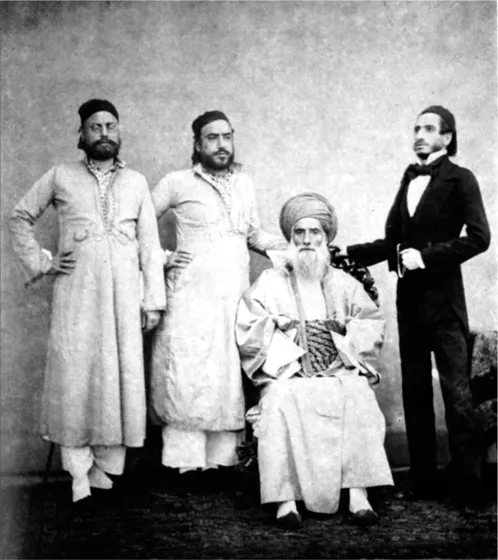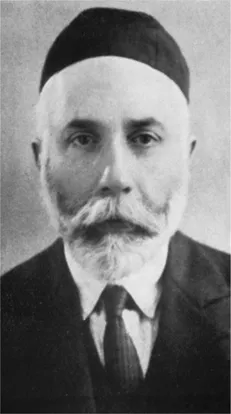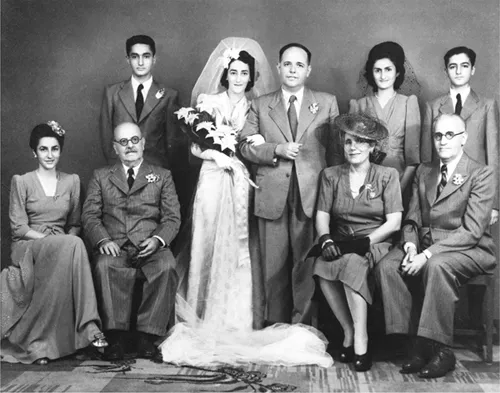
Shbahoth – Songs of Praise in the Babylonian Jewish Tradition
From Baghdad to Bombay and London
- 318 pages
- English
- ePUB (mobile friendly)
- Available on iOS & Android
Shbahoth – Songs of Praise in the Babylonian Jewish Tradition
From Baghdad to Bombay and London
About this book
Sara Manasseh brings a significant, but less widely-known, Jewish repertoire and tradition to the attention of both the Jewish community (Ashkenazi, Sephardi, Oriental) and the wider global community. The book showcases thirty-one songs and includes English translations, complete Hebrew texts, transliterations and the music notation for each song. The accompanying downloadable resources include eighteen of the thirty-one songs, sung by Manasseh, accompanied by 'ud and percussion. The remaining thirteen songs are available separately on the album Treasures, performed by Rivers of Babylon, directed by Manasseh -: www.riversofbabylon.com. While in the past a book of songs, with Hebrew text only, was sufficient for bearers of the tradition, the present package represents a song collection for the twenty-first century, with greater resources to support the learning and maintenance of the tradition. Manasseh argues that the strong inter-relationship of Jewish and Arab traditions in this repertoire - linguistically and musically - is significant and provides an intercultural tool to promote communication, tolerance, understanding, harmony and respect. The singing of the Shbahoth (the Baghdadian Jewish term for 'Songs of Praise') has been a significant aspect of Jewish life in Iraq and continues to be valued by those in the Babylonian Jewish diaspora.
Frequently asked questions
- Essential is ideal for learners and professionals who enjoy exploring a wide range of subjects. Access the Essential Library with 800,000+ trusted titles and best-sellers across business, personal growth, and the humanities. Includes unlimited reading time and Standard Read Aloud voice.
- Complete: Perfect for advanced learners and researchers needing full, unrestricted access. Unlock 1.4M+ books across hundreds of subjects, including academic and specialized titles. The Complete Plan also includes advanced features like Premium Read Aloud and Research Assistant.
Please note we cannot support devices running on iOS 13 and Android 7 or earlier. Learn more about using the app.
Information
1
Prelude

Among the later settlers in Bombay was David Sassoon (born in Baghdad, 1792, died in Poona, 1864) … Here he began his prosperous commercial activities, and with his growing influence he endeavoured to improve the spiritual and religious life of the community …Another Baghdadian immigrant was David Ḥai b. Ezekiel Abraham Maṣliaḥ, who was an owner of a considerable library, consisting of manuscripts and valuable printed books. An account of this collection is preserved by another traveller and visitor to Bombay, Jacob Saphir, the author of Eben Saphir.3 Among the Baghdadians in Bombay Saphir found Moses b. Mordecai Gabbai, his son-in-law David Ḥai, Ezekiel b. Joshua Gabbai4 the son-in-law of Sir Albert Sassoon and others. About David Ḥai he says: ‘In his house I found many and valuable books, ancient and modern, among them a considerable Diwan [collection of poems] in an old manuscript containing poems of the classical period, by Solomon ibn Gabirol, Judah ha-Levy, Moses and Abraham ibn Ezra … and other Spanish poets’. Besides Baghdadians, the Bombay community consisted of Jews coming from Basra and others who escaped religious persecutions in Persia in those days …As soon as the Baghdad Jews took root in the new country they endeavoured to transplant their old longing for spiritual wealth and traditional Judaism to their new homes. In the years of struggle for life many of them had to go without their learning and books. Before they could afford to establish a printing press of their own the necessary books had to be imported from Europe. Then they availed themselves of the device of lithographing books for their ordinary needs; for example, the Sefer ha-Pizmonim, a book of songs providing more than 250 songs and hymns without which a Baghdad Jew could not celebrate his festivals or enjoy his festivities. The first collector and lithographer of these Pizmonim was David b. Ḥayyim. David who was also the editor of the Bombay Jewish-Arabic periodical called Doresh Ṭob le-’Ammo [Heb.: He Seeks Good for His People].5 (ibid., pp. 206–9)



Table of contents
- Cover
- Half Title
- Title Page
- Copyright Page
- Dedication Page
- Table of Contents
- Supplementary Resources Disclaimer
- List of Illustrations
- List of Figures
- List of Abbreviations
- Pronunciation Guide for Transliterated Characters
- Transliteration of Hebrew Characters
- Names and Pronunciation of Hebrew Alphabet and Vowels According to the Babylonian Jewish Custom: Hebrew Alphabet (Consonants)
- Song Repertoire List of Songs, with Corresponding Pages for Texts, Music Notation and CD Track Numbers
- Accompanying CD – More Precious than Pearls: List of 18 Tracks with Corresponding Page Numbers for Texts and Music Notation
- Conventions and Terminology
- Preface
- Acknowledgements
- 1 Prelude
- 2 Historical, Social and Musical Background
- 3 The Poetry in Its Historical Context
- 4 Song Texts and Music Notations
- 5 Coda
- Glossary
- Bibliography
- Discography, Videography and Websites
- Index of Song Titles
- Index of Song Titles (Hebrew)
- General Index